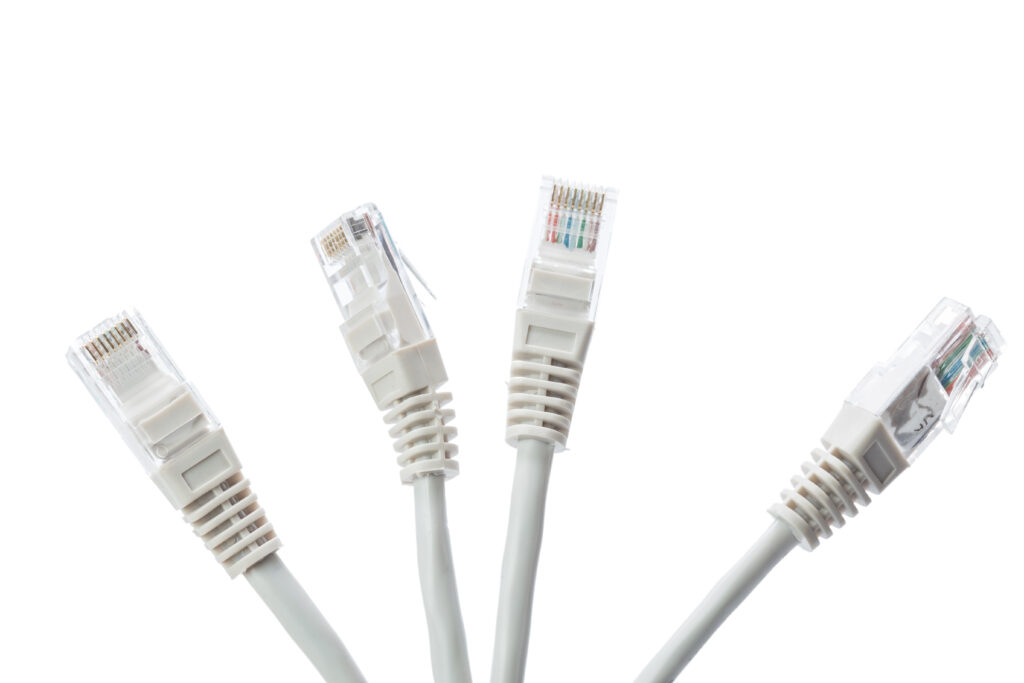May 14 2024
/

How to Wire Ethernet Cable: A Step-by-Step Guide
In today’s digital era, having a dependable internet connection is essential for both work and leisure activities. While Wi-Fi provides convenience, a wired ethernet connection delivers unparalleled stability and speed. Creating custom ethernet cables is not only economical but also allows for tailored lengths, ensuring a more organized and efficient home network. This guide will take you through the steps of wiring an ethernet cable, ensuring clarity and ease throughout the process.
What You’ll Need
Before we jump into the wiring process, make sure you have the following tools and materials:
- Ethernet cable (Cat5e, Cat6, or Cat6a)
- RJ45 connectors
- Crimping tool
- Wire stripper or scissors
- Cable tester (optional but recommended)
Step-by-Step Guide to Wiring Ethernet Cable
Step 1: Strip the Cable
Start by stripping about 1.5 inches of the cable’s outer sheath to reveal the twisted pairs inside. Be careful not to nick the insulation of the wires inside.
Step 2: Untwist the Pairs
Ethernet cables contain four pairs of twisted wires. Untwist each pair and straighten the wires as much as possible. This will make it easier to arrange them in the correct order.
Step 3: Arrange the Wires
Arrange the wires according to the T568B wiring standard, which is the most common method used for home networking. From left to right, the order should be:
- White/Orange
- Orange
- White/Green
- Blue
- White/Blue
- Green
- White/Brown
- Brown
Step 4: Trim the Wires
Once the wires are in the correct order, trim them so that they are all the same length, about half an inch from the end of the outer sheath. This will ensure they fit neatly into the RJ45 connector.
Step 5: Insert Wires into the Connector
Carefully insert the wires into the RJ45 connector, making sure each wire goes into its respective channel and that the wires follow the correct order. Push the wires all the way in so that the sheath is slightly inside the connector.
Step 6: Crimp the Connector
Using the crimping tool, crimp the RJ45 connector to secure the wires in place. Ensure the tool is properly positioned over the connector before applying pressure.
Step 7: Test the Cable
If you have a cable tester, now is the time to use it. Testing your cable will ensure that it is wired correctly and functioning as expected. If the test fails, double-check the wire order and connections.
Frequently Asked Questions
Can I use any ethernet cable for my home network?
You can use Cat5e, Cat6, and Cat6a cables, but Cat6 is preferred for its higher bandwidth and better performance over long distances.
What's the difference between T568A and T568B wiring standards?
The main difference is the wire color order. T568B is the standard most used in the US for home networks. However, both standards are compatible as long as the same one is used on both cable ends.
Do I need a cable tester?
A cable tester isn’t necessary, but it’s strongly advised to check your cable is correctly wired and working. It helps identify and solve problems before installation, saving time and avoiding frustration.
